Centre Culturel Simsan (심산기념문화센터)
17.0Km 2021-04-27
55, Sapyeong-daero, Seocho-gu, Seoul-si
+82-2-3477-2461
Le centre culturel Simsan rend hommage à l’esprit confucéen et patriotique de Simsan Kim Chang-Suk. Grâce à des programmes éducatifs, les participants peuvent y développer leur sensibilité artistique et contribuer à la qualité de vie des habitants du quartier.
Centre d'information du Temple Stay (템플스테이 홍보관)
17.0Km 2022-09-28
56, Ujeongguk-ro, Jongno-gu, Seoul
+82-2-2031-2000
Le centre d’information du Temple Stay est situé en face du temple Jogyesa. Il est très facile de s’y rendre depuis la station Anguk (métro de Séoul ligne 3) ou depuis la rue principale du quartier Insa-dong. Il s’agit d’un complexe culturel sur 5 niveaux qui inclut les bureaux de l’organisation officielle Templestay, un centre d’information, le restaurant de nourriture du temple “Balwoo Gongyang”, le « Lotus Café » et une librairie bouddhiste au rez de chaussée.
Le centre d’information du Temple Stay au rez de chaussée vous donne toutes les informations sur les programmes Temple Stay. Il est possible d’y choisir des brochures et livrets sur les programmes et des employés pourront répondre à vos questions. Le centre d’éducation au 2ème étage propose des activités. Le 4ème étage inclut le restaurant “Balwoo Gongyang”, spécialisé dans la cuisine du temple, et où il est possible de déguster des plats minutieusement préparés par des bouddhistes pratiquants.
Masinneungimchijjim&Sundubu (맛있는김치찜&순두부)
17.0Km 2021-03-20
31, Ujeongguk-ro, 2-gil, Jongno-gu, Seoul
+82-2-722-1095
Selling spicy soups, it’s a good place to visit after visiting Cheonggyecheon. This Korean dishes restaurant is located in Jongno-gu, Seoul. The most famous menu is pork and kimchi stew.
Cathédrale de Myeongdong (명동성당)
17.0Km 2020-04-28
74, Myeongdong-gil, Jung-gu, Seoul-si
La cathédrale de Myeongdong est la principale cathédrale de Séoul et le lieu de naissance de la communauté chrétienne en Corée. La chapelle au sous-sol de la cathédrale qui fut construite pour honorer les martyrs est le lieu où reposent Mgr Laurent Imbert (1796-1839), le père Pierre Maubant (1803-1839), le père Jacques Chastan (1803-1839), le père Pourthier (Carolus, 1830-1866) et 4 autres martyrs. Myeongdong où se trouve la cathédrale de Myeongdong est un lieu très prisé des touristes. Non loin de la cathédrale se trouve également le village Namsangol avec ses maisons traditionnelles préservées en l’état, la tour de Namsan et le marché Namdaemun.
KYUNGBOKKUNG(경복궁)
17.0Km 2020-10-29
65, Jong-ro, Jongno-gu, Seoul
+82-2-722-2004
This Korean cuisine is located near Jonggak Station, Seoul. The representative menu is grilled Korean beef sirloin. Assorted specials include loin, flank steak, and top blade of beef for barbecue.
Honghwa Jokbal Bindaetteok (홍화족발빈대떡)
17.0Km 2021-03-26
65, Jong-ro, Jongno-gu, Seoul
+82-2-723-0614
A great place for group dinners and gatherings. This restaurant's signature menu is braised pigs' feet. This Korean dishes restaurant is located in Jongno-gu, Seoul.
Seoul Sejong Hotel (세종호텔)
17.0Km 2021-06-07
145, Toegye-ro, Jung-gu, Seoul
+82-2-773-6000
Seoul Sejong Hotel is located in Myeong-dong, a heart of Seoul’s shopping, tourism, and business districts. Approximately 1 hour from Incheon International Airport, hotel guests can enjoy many attractions nearby as well as a spectacular panoramic view of beautiful Namsan Mountain and downtown Seoul.
Eun Ha Su (은하수)
17.0Km 2021-10-20
145, Toegye-ro, Jung-gu, Seoul
+82-2-3705-9141~2
Eun Ha Su at Sejong Hotel was opened in 1978 as Elysee, the first Korean buffet in Korea. For the past 30 years, the restaurant has gained acclaim for its healthy and nutritious Korean cuisine, attracting both Korean and international diners.
Hwangsaengga Kalguksu (황생가칼국수)
17.0Km 2020-08-04
78, Bukchon-ro 5-gil, Jongno-gu, Seoul
+82-2-739-6334
Hwangsaengga Kalguksu, one of the most popular restaurants on Samcheongdong-gil, offers authentic homemade kalguksu, wang mandu (extra-large dumpling) and kongguksu (noodles in cold soybean broth).
Imun Seolnongtang (이문설농탕)
17.0Km 2022-01-03
38-13, Ujeongguk-ro, Jongno-gu, Seoul
+82-2-733-6526
Imun Seolnongtang has been serving its hearty seolleongtang for over a hundred years since it first opened in 1907. Even its name has a long history: the word imun comes from Imun-gol, the now-obsolete name of the restaurant’s location, and seolnongtang, an old variation of the word seolleongtang. During the Japanese colonial rule, the restaurant’s regular customers included Gijeong Son, the marathon gold-medalist at the 1936 Berlin Olympics. To make the rich seolleongtang broth, beef meat and bones are simmered for more than 15 hours. Try putting rice and minced green onion in your seolleongtang for a warm and tasty experience. Kkakttugi (diced radish kimchi), provided as a side dish, is also delicious.
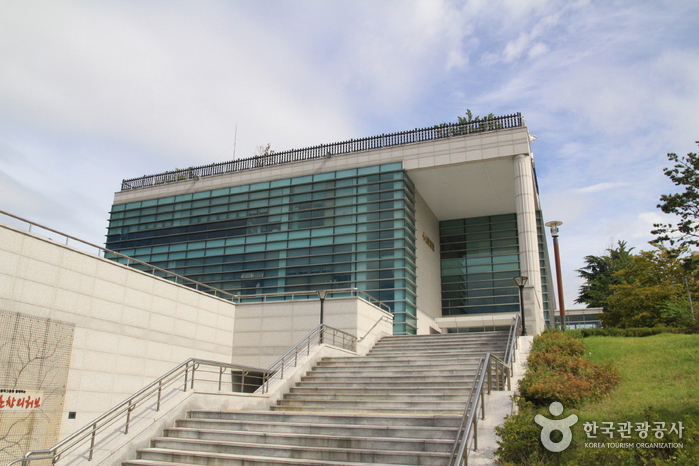

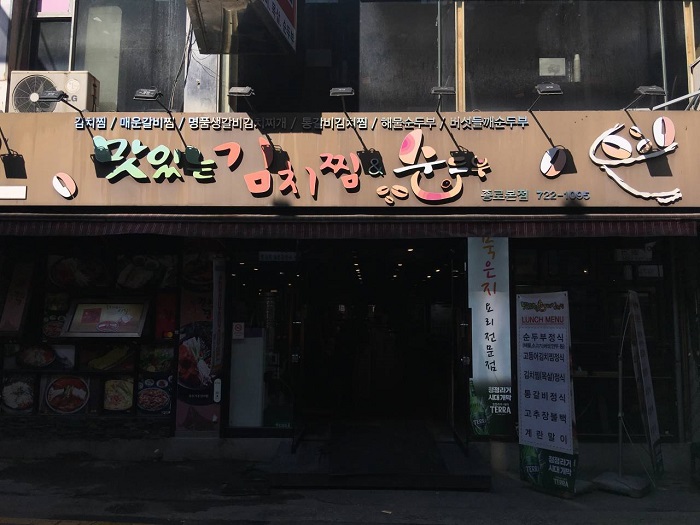
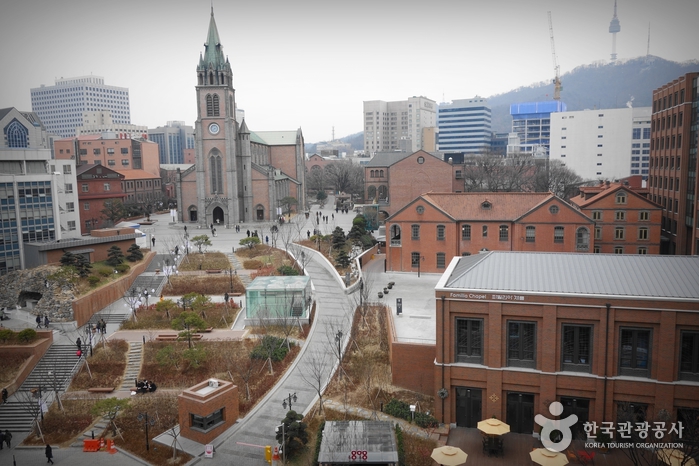
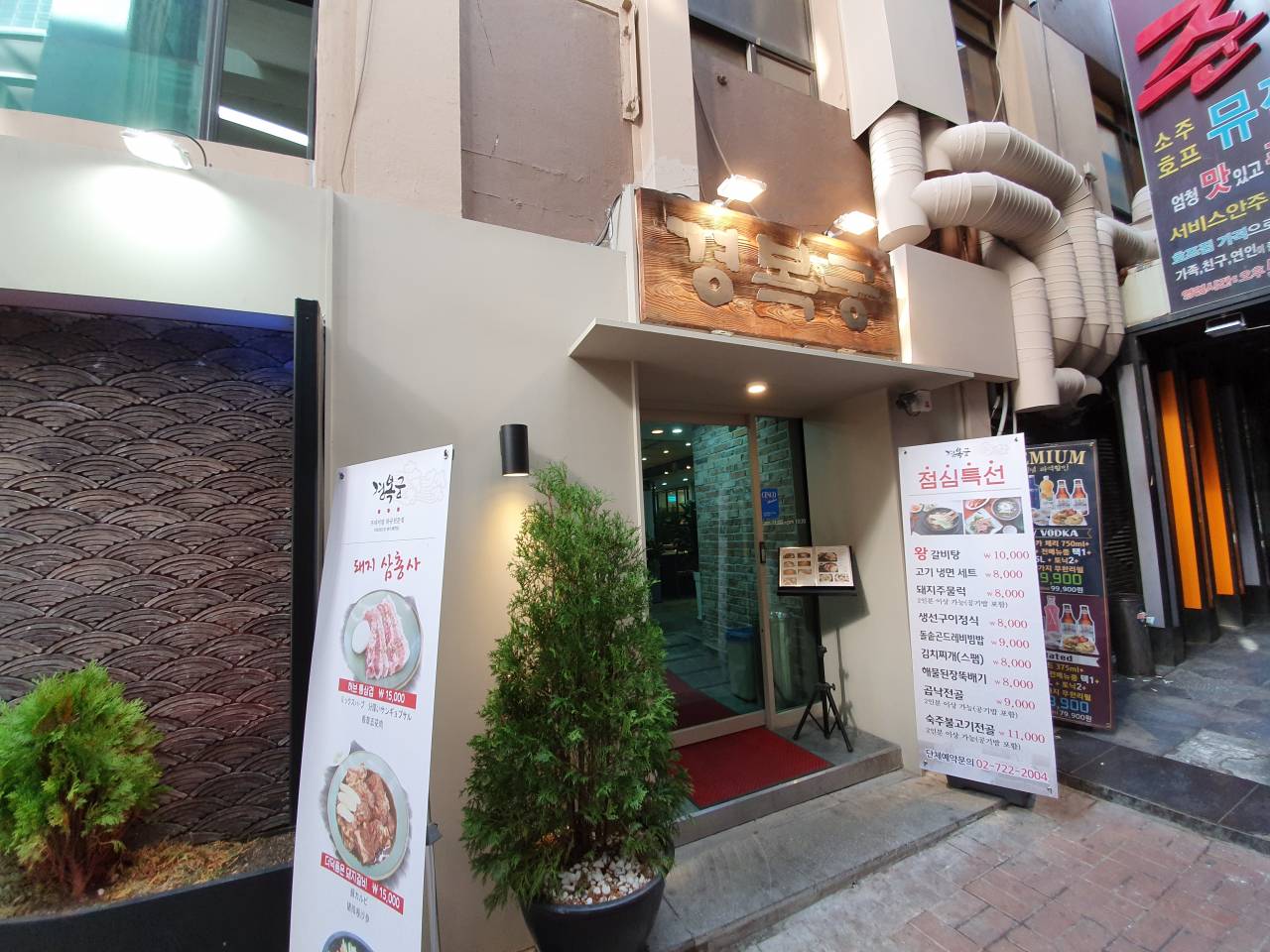
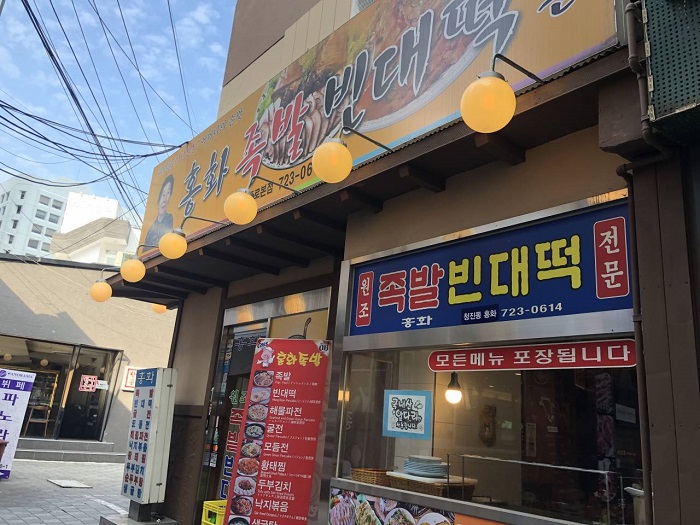
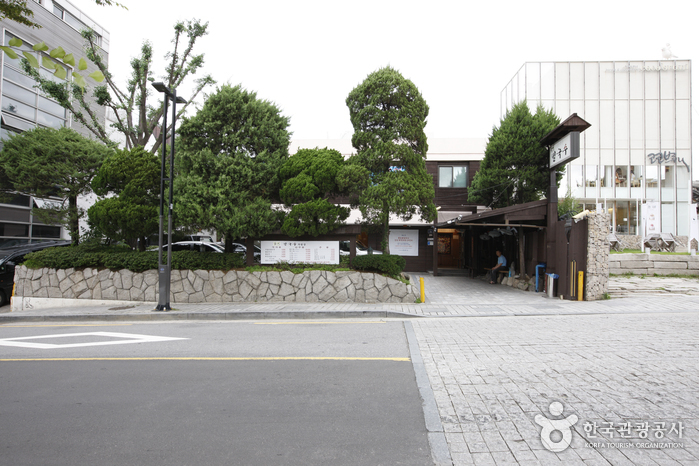
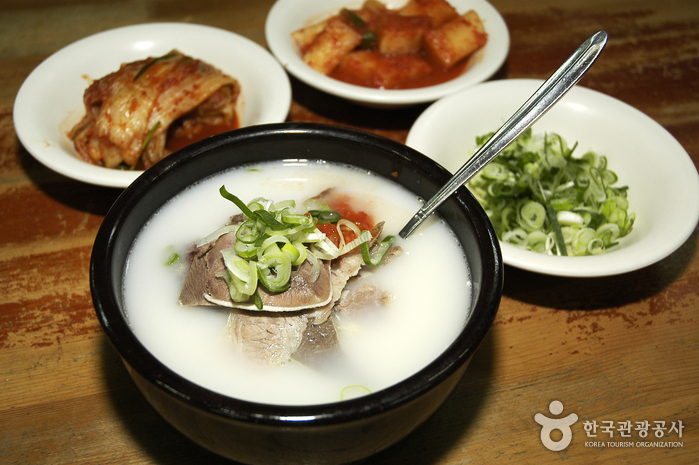
 Français
Français
 한국어
한국어 English
English 日本語
日本語 中文(简体)
中文(简体) Deutsch
Deutsch Español
Español Русский
Русский